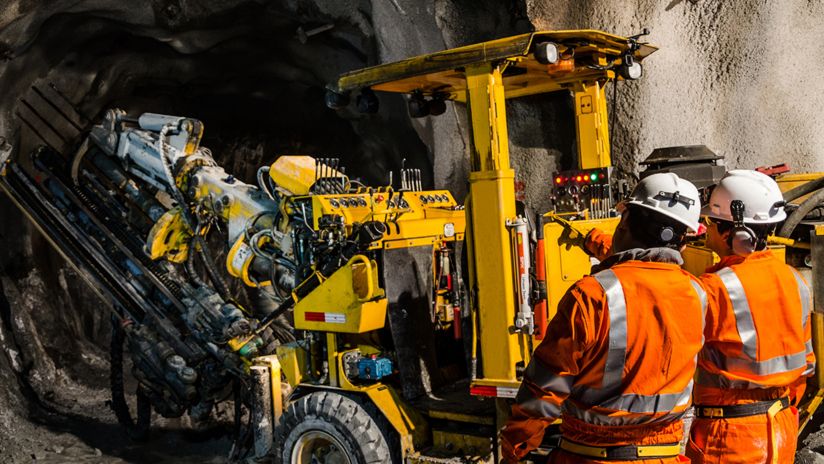How the Internet of Things is triggering global network innovation

IoT, and especially Industrial IoT – the enterprise use of the technology – is driving hundreds of billions of dollars of revenue for organisations all around the world. A Grand View Research report estimates the industrial IoT market will reach US$1.11 trillion by 2028, as verticals such as manufacturing massively ramp up investment.
The enormous amount of actionable data generated by IoT is changing the way organisations operate. It’s allowing them to make smarter strategic business decisions and set a platform for future growth, making it an essential component of enterprise IT plans.
Although all of this data must be connected and analysed to make it useful. Many organisations have various, siloed IoT platforms and device fleets that aren’t integrated, resulting in missing insights and lost revenue.
That’s why it’s imperative that business networks evolve to support these rapidly expanding footprints, with flexible and scalable connectivity that keeps devices online and productive.
With more than 15 billion IoT devices connected to enterprise infrastructure by 2029 , there is a significant impact on the network layer and the security layer. These challenges must be addressed by carriers, if we are to adequately support the incredible level of innovation promised by IoT deployments.
IoT impact on global and domestic networks
IoT requires massive amounts of bandwidth and is taking a considerable toll on the world’s networks, both globally and within individual regions. IDC reports that data generated by IoT devices will reach 79.4 zettabytes by 2025, with most coming from video streaming and security surveillance.
The larger, safer, more reliable, and more capacity that a network has, the more equipped it is at catering to these spiralling demands.
At a domestic level, organisations must ensure that they’re leveraging carriers that can offer broad narrowband-IoT coverage – for devices that need small amounts of data, low bandwidth, and long battery life – as well as strong mobile network connectivity.
Narrowband-IoT allows organisations to scale their IoT deployments to include a wider range of devices, opening up use cases that benefit from always-on, low-cost devices such as water monitoring devices or fumigation sensors in remote agricultural areas.
Organisations traditionally only put SIMs in devices worth hundreds of dollars, which made costs unjustifiable for large scale IoT rollouts. The advent of narrowband-IoT and e-SIMs - which are embedded in devices - drastically reduce costs and bandwidth requirements, while increasing the number of devices organisations deploy.
Smarter network overlay technologies can also boost the capacity of networks. Technologies such as SD-WAN offer more advanced alternatives to pure MPLS WAN connectivity, as they take advantage of a combination of MPLS, Internet, Broadband, LTE, and 5G for more diverse pathing.
They also offer more intelligent, application aware routing that can be configured to IoT use cases, whilst offering a wealth of management and network monitoring functions. The use of commodity internet channels can also drive down costs, giving organisations more bandwidth for their money.
It’s imperative that global network infrastructure also continues to expand and evolve to offer more diversity options, especially for large multinational IoT deployments. Organisations will benefit from the help of a global partner with significant ownership of subsea cable infrastructure, offering diversity, performance, and scale.
With access to the fastest, most geo-diverse network pathing and flexible carrier contracts, IoT deployments can be scaled up and down at will, supercharging the value it delivers to the business.
How our network supports IoT innovation
Telstra supports our wholesale carrier customers with the infrastructure and bandwidth to satisfy their customer’s IoT needs. As much as a third of internet traffic in Asia already runs over our network, and we complement that with thousands of in-country staff and access to the most innovative network solutions.
Our people have been doing this for a long time, so we can confidently say we’re specialists in helping customers build network connectivity tailored to IoT’s data-hungry requirements. We’re experts in connecting various IoT platforms from multiple vendors together, allowing carriers to deliver an integrated and seamless experience for their customers.
We help carriers extend their coverage across Australia and Asia, providing the SIMs, bandwidth and internet infrastructure to support the most demanding customer IoT use case. Our core network consists of more than 26 cable systems covering over 400,000 kilometres of infrastructure, providing access to more than 2,000 points of presence around the world.
We own and operate some of the fastest subsea cables in the world. Our global footprint includes 38 cable landing stations, with multiple diverse routes for reliable, available access. That means we can provide the ‘always-on’ connectivity that IoT devices require, seamlessly connecting fleets and data between EMEA and Asia.
We’re constantly hiring network and IT specialists that can work closely with carriers to help them develop IoT capabilities that suit their customer’s cost and performance requirements. Our consultant arm, Telstra Purple, have helped organisations throughout EMEA, Asia and around the world build and scale their global IoT activities.
Considering the network sits at the heart of IoT innovation, carriers must develop their skills and expertise to provide a ‘one-stop shop’ to support customers on their journey. That’s increasingly critical, as complex IoT deployments become more mission-critical for businesses around the world.
No matter what customers are demanding from their IoT deployments, Telstra has the expertise to help carriers provide market leading services and capture new and exciting opportunities. That means serving as a true partner for industries such as finance, automotive, utilities and manufacturing, helping them achieve rapid and sustained growth for the future.


